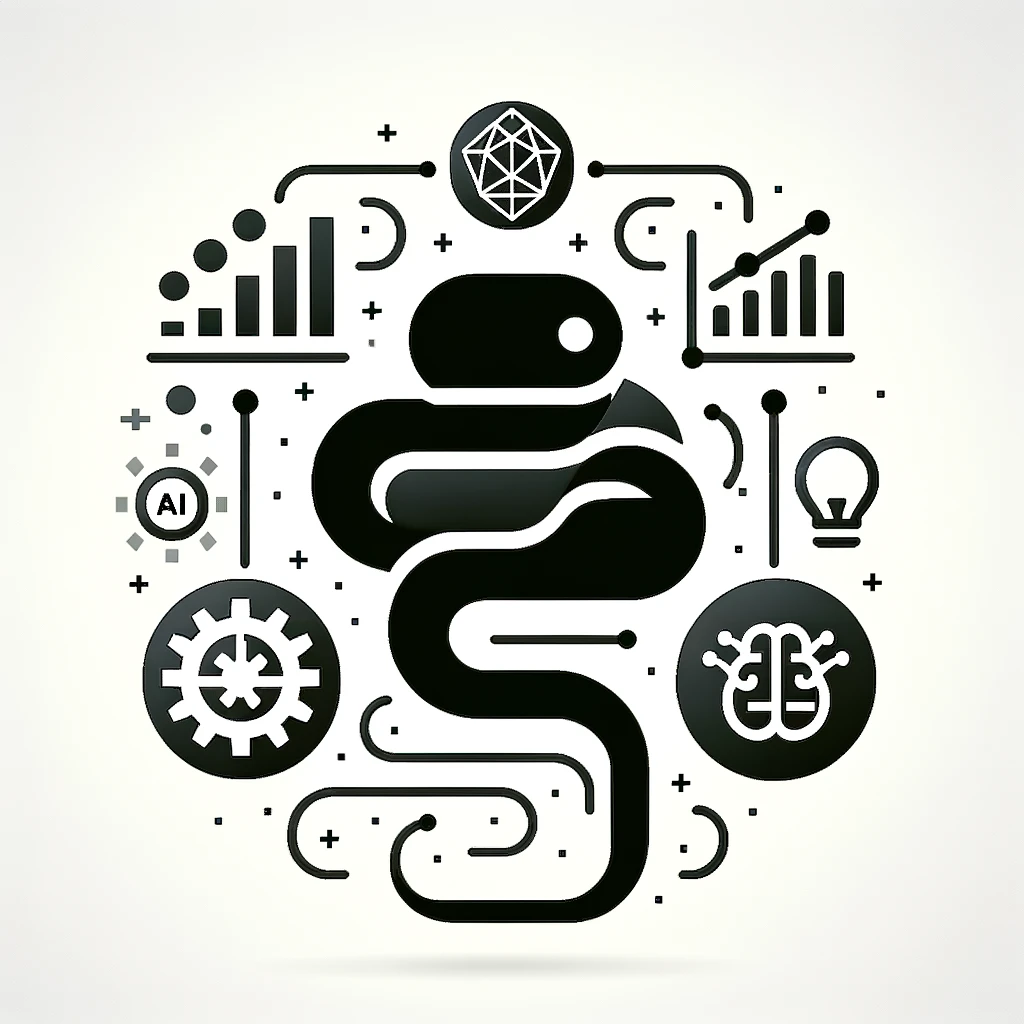In this post we’ll dive into the fascinating world of Python, a language that has made an immense impact across various domains. Here’s a comprehensive article about Python, its history, and the advantages it brings to different fields.
Python is not just a programming language; it’s a phenomenon that has revolutionized the way we approach problems in various fields. Born in the late 1980s, Python was created by Guido van Rossum as a successor to the ABC language. Since its inception, Python has emphasized simplicity and readability, making it accessible to a broad range of users, from beginners to experts.
Python Download
To begin with Python, one must download the interpreter. The official Python website offers downloads for various platforms, ensuring Python is easily accessible to everyone. The installation process is straightforward, making Python a great starting point for newcomers in the programming world.
Python Online
The online presence of Python is massive. There are numerous online Python interpreters and environments like Jupyter Notebooks, Google Colab, and Repl.it, allowing users to write and test Python code in web browsers. This online availability makes Python exceptionally flexible, catering to those who prefer cloud-based development.
Python Tutorial
For learning Python, there are countless resources available. Websites like Behnamooz, Coursera, and the Python.org documentation offer comprehensive tutorials. These resources cater to various levels, from beginner guides to advanced topics, ensuring a smooth learning curve for Python enthusiasts.
Python Programming
Python programming is known for its versatility. It’s used in web development with frameworks like Django and Flask, making the creation of robust and scalable web applications a breeze. Its simplicity and extensive libraries allow for rapid development and prototyping, a significant advantage in the fast-paced tech world.
Python Compiler
Python is an interpreted language, but it also has compilers like PyPy and Cython that help optimize the code for performance. These compilers convert Python code into machine code or C-based extensions, enhancing execution speed, which is particularly beneficial in computationally intensive tasks.
Python in Data Science, ML, AI, and More
Python has become the lingua franca of data science and AI, largely due to its simplicity, versatility, and the vast array of libraries available. It’s like having a Swiss Army knife for data!

Data Science: The Python Advantage
In data science, Python is a powerhouse. With libraries like Pandas for data manipulation, NumPy for numerical operations, and Matplotlib for data visualization, Python makes it incredibly easy to slice, dice, and visualize data in meaningful ways. Data scientists can effortlessly import, clean, and manipulate large datasets, turning raw data into insightful visualizations and reports.
Machine Learning: Python’s Playground
When it comes to Machine Learning, Python is the go-to choice for many. Frameworks like Scikit-Learn provide a wealth of algorithms for supervised and unsupervised learning. It’s like having an entire toolbox at your fingertips. For those delving into deeper waters, TensorFlow and PyTorch offer advanced tools for building complex neural networks, supporting both research and development of cutting-edge ML models.
Deep Learning and AI: Pushing Boundaries
In the realms of Deep Learning and AI, Python plays a pivotal role. Its ability to handle large datasets and perform complex calculations with ease makes it ideal for training sophisticated AI models. Python’s compatibility with GPU acceleration (through libraries like CUDA) ensures efficient processing of deep learning tasks. Researchers and AI engineers can experiment, tweak, and deploy AI models more rapidly than ever before.
Beyond the Norm: Python’s Expanding Horizon
Python’s influence extends beyond traditional fields. In areas like quantitative finance, Python assists in complex financial modeling. In bioinformatics, it aids in genome analysis. Even in cybersecurity, Python’s robust libraries like Scapy and PyCrypto are used for network analysis and encryption.
Community and Ecosystem: The Backbone of Python’s Success
What truly sets Python apart is its vibrant community and ecosystem. Regular updates, a plethora of plugins, and extensive documentation mean that Python is continually evolving to meet the challenges of modern technology. Community forums, extensive libraries, and open-source contributions make Python not just a programming language but a collaborative platform for innovation.
In conclusion, Python is much more than a language; it’s a toolkit that equips individuals to tackle challenges across various domains with ease and efficiency. Whether it’s web development or cutting-edge AI research, Python stands as a pillar of modern technology, continually evolving and empowering its vast community. For professionals and enthusiasts alike, Python serves as a gateway to a world of possibilities, where ideas can be transformed into tangible solutions across diverse sectors. It’s a language that continues to shape the future, one line of code at a time. 🚀🐍💡
